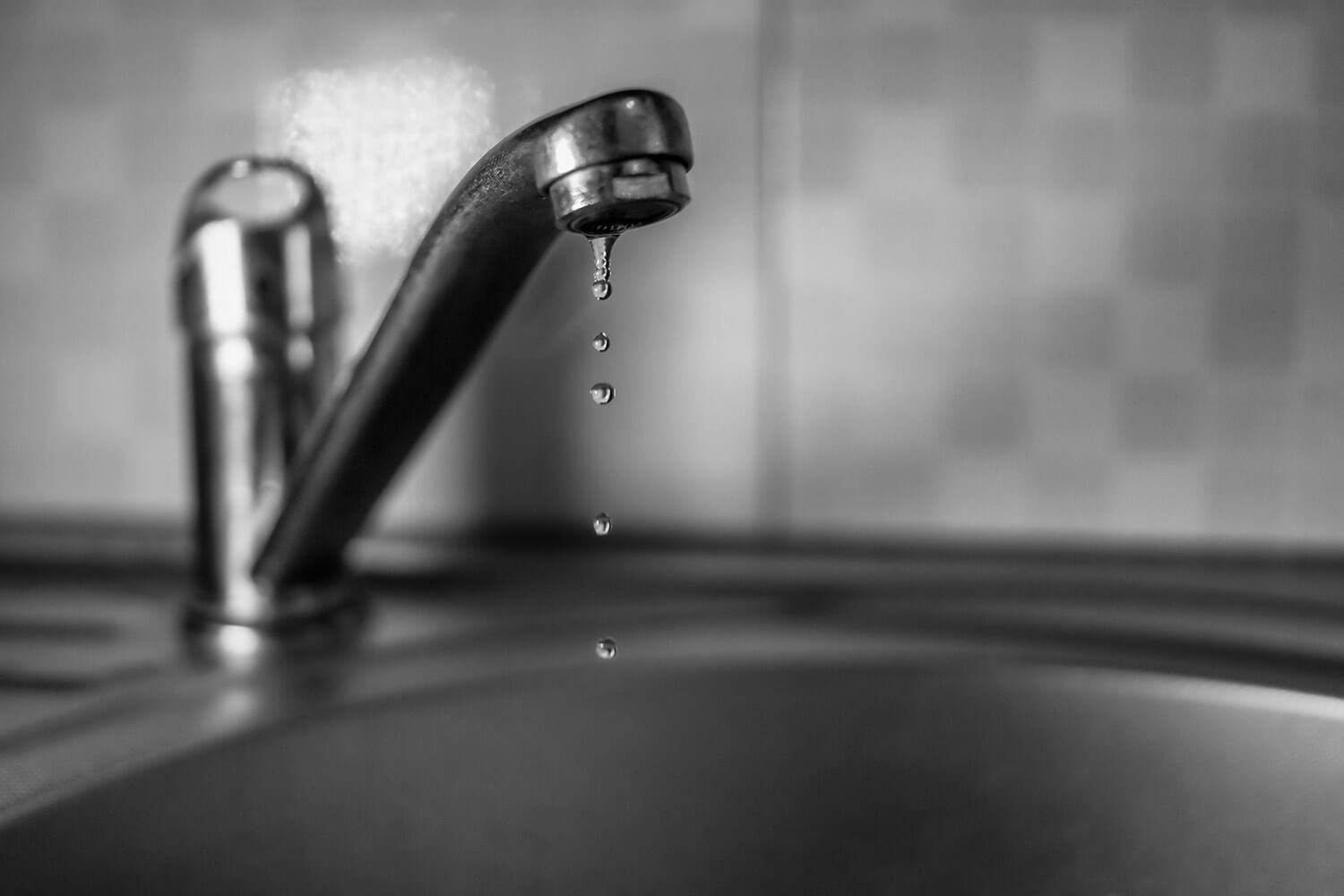What are your insights and beliefs about Common Water Leaks In House?
Leakages not just trigger waste of water yet can likewise trigger unneeded damages to your residence as well as promote unwanted organic development. Sadly, water leakages may go undetected because a lot of the pipework in our home is concealed. By looking and understanding for daily scenarios that trigger leakages, you can protect your residence from future leakages and also unneeded damage. Today, we will look at 6 leakage triggers that may be creating your pipes to drip.
Encroaching origins
Most water leaks start outside your home rather than inside it. If you see an unexpected decrease in water pressure, state in your faucet, require time to go out as well as examine your yard. You may see damp spots or sinkholes in your backyard, and that might indicate that tree origins are invading water lines causing water to permeate out. You can have your plumber check for invasion, specifically if you have trees or shrubs near your residential property.
Rusty water systems
As time goes by, your plumbing system ages as well as corrosion such as rust may start eating away the pipes. This might be the cause of discoloration or bending on your pipes. This requires an inspection with your plumber right away. Take into consideration replacing the pipes because they are at a higher risk of corrosion than the newer designs if our plumbing system is old.
Defective Pipeline Joints
The point at which your pipelines attach is frequently the weakest web link in the waterline. Pipe joints can degrade with time, causing water leakages. The majority of pipeline joints are not quickly noticeable. If you have loud pipes that make ticking or banging sounds, specifically when the warm water is activated, your pipe joints are probably under a great deal of pressure. It is a good idea to have your plumber examine your system once a year.
Instant temperature adjustments.
Severe temperature modifications in our pipes can create them to expand as well as contract suddenly. This development and tightening might create fractures in the pipes, especially if the temperature level are below freezing. If you maintained an eye on how your plumbing functions, it would certainly be best. The existence of the formerly stated circumstances regularly suggests a high threat.
Poor Water Connectors
At times, a leakage can be caused by loosened tubes and also pipelines that provide your appliances. Usually, moving is what triggers the loosened water Connections. You could find when it comes to a washing maker, a tube may spring a leakage as a result of shaking throughout the spin cycle. In case of a water links leakage, you might notice water running straight from the supply line or pools around your devices.
Clogged Drains
Obstructed drains might be irritating and also inconveniencing, but they can often wind up creating an overflow causing burst pipes. Maintain getting rid of any type of products that may drop your drains pipes that could clog them to prevent such hassles.
All the above are sources of leaks yet not all water leakages arise from plumbing leaks; some leakages might originate from roofing system leaks. All leakages ought to be fixed promptly to avoid water damages.
Leakages not just trigger waste of water yet can additionally trigger unnecessary damages to your home and advertise unwanted organic growth. By looking as well as comprehending for everyday situations that cause leakages, you can shield your residence from future leakages and also unneeded damage. Today, we will certainly look at 6 leakage triggers that may be causing your pipes to drip.
At times, a leakage can be created by loosened pipes and pipes that provide your devices. In instance of a water links leakage, you might notice water running directly from the supply line or puddles around your appliances.
How To Check For Water Leak In Your Home
How To Check for Leaks
The average household's leaks can account for nearly 10,000 gallons of water wasted every year and ten percent of homes have leaks that waste 90 gallons or more per day. Common types of leaks found in the home are worn toilet flappers, dripping faucets, and other leaking valves. These types of leaks are often easy to fix, requiring only a few tools and hardware that can pay for themselves in water savings. Fixing easily corrected household water leaks can save homeowners about 10 percent on their water bills.
To check for leaks in your home, you first need to determine whether you're wasting water and then identify the source of the leak. Here are some tips for finding leaks:
Take a look at your water usage during a colder month, such as January or February. If a family of four exceeds 12,000 gallons per month, there are serious leaks.
Check your water meter before and after a two-hour period when no water is being used. If the meter changes at all, you probably have a leak.
Identify toilet leaks by placing a drop of food coloring in the toilet tank. If any color shows up in the bowl after 10 minutes, you have a leak. (Be sure to flush immediately after the experiment to avoid staining the tank.)
Examine faucet gaskets and pipe fittings for any water on the outside of the pipe to check for surface leaks.
Undetected water leaks can happen without the home or business owner even realizing. If you suspect a water leak, but not able to find the source. It is time to contact a professional water leak detection service, The Leak Doctor.
How To Find a Water Leak In Your Home
https://www.leakdoctor.com/blog/How-To-Check-For-Water-Leak-In-Your-Home_AE197.html

We were introduced to that write-up about How to detect water leaks in your home from an associate on a different blog. Do you know about somebody who is serious about the topic? Take a moment to share it. Kudos for your time. Visit again soon.
We're the solution!